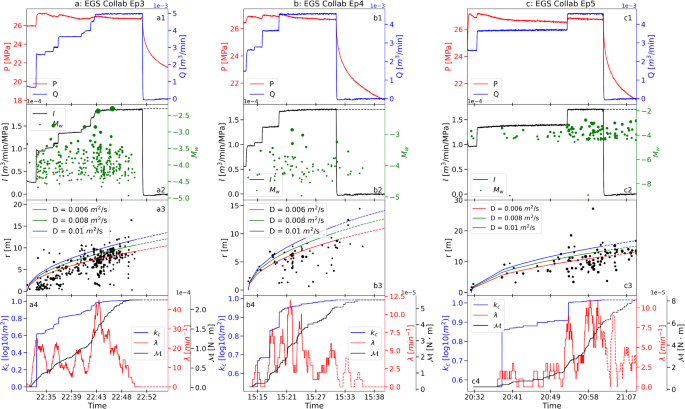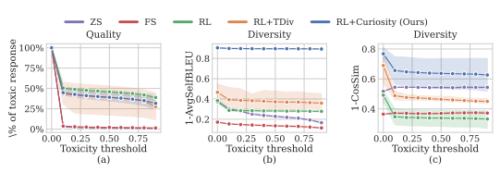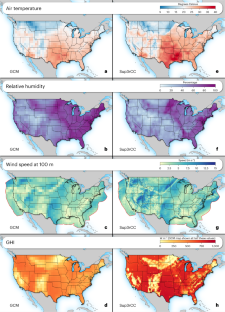2024-04-10 ペンシルベニア州立大学(PennState)
<関連情報>
- https://www.psu.edu/news/earth-and-mineral-sciences/story/rock-permeability-microquakes-link-may-be-boon-geothermal-energy/
- https://www.nature.com/articles/s41467-024-46238-3
微小地震によって発生する地殻の浸透性は地震モーメントによって制約される Crustal permeability generated through microearthquakes is constrained by seismic moment
Pengliang Yu,Ankur Mali,Thejasvi Velaga,Alex Bi,Jiayi Yu,Chris Marone,Parisa Shokouhi & Derek Elsworth
Nature communications Published:06 March 2024
DOI:https://doi.org/10.1038/s41467-024-46238-3

Abstract
We link changes in crustal permeability to informative features of microearthquakes (MEQs) using two field hydraulic stimulation experiments where both MEQs and permeability evolution are recorded simultaneously. The Bidirectional Long Short-Term Memory (Bi-LSTM) model effectively predicts permeability evolution and ultimate permeability increase. Our findings confirm the form of key features linking the MEQs to permeability, offering mechanistically consistent interpretations of this association. Transfer learning correctly predicts permeability evolution of one experiment from a model trained on an alternate dataset and locale, which further reinforces the innate interdependency of permeability-to-seismicity. Models representing permeability evolution on reactivated fractures in both shear and tension suggest scaling relationships in which changes in permeability (Δk) are linearly related to the seismic moment (M) of individual MEQs as Δk∝M. This scaling relation rationalizes our observation of the permeability-to-seismicity linkage, contributes to its predictive robustness and accentuates its potential in characterizing crustal permeability evolution using MEQs.



